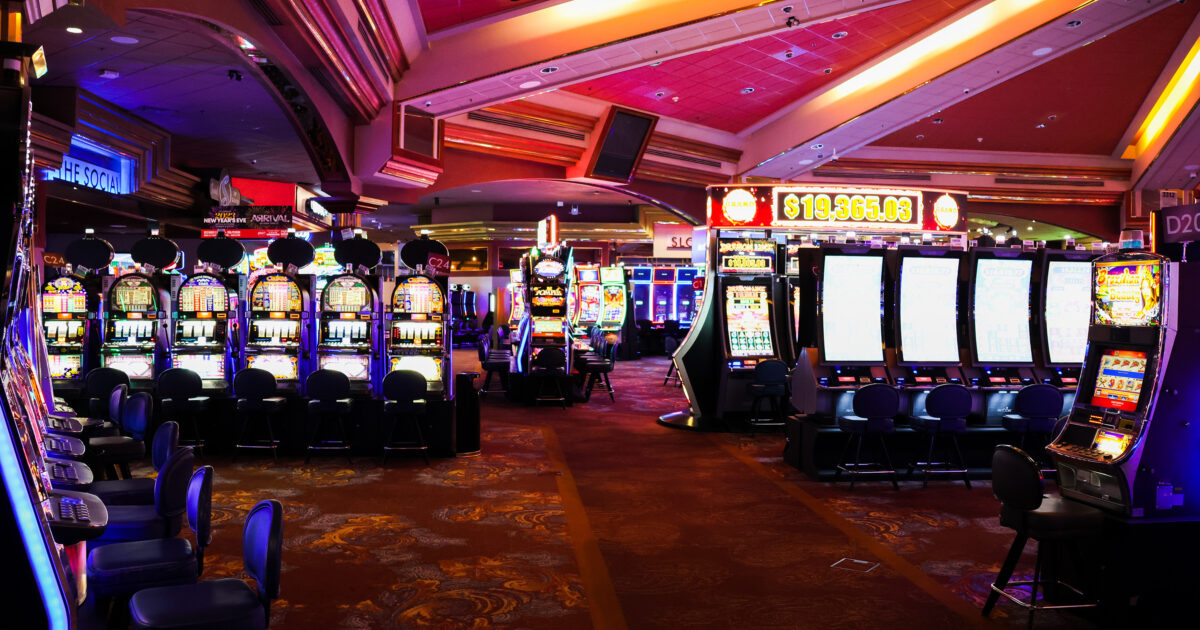
In a vibrant and stimulating world of gaming establishments, wherein luck and strategy intertwine, hues and design play a pivotal role in attracting players. From the moment visitors step inside a casino or access a gaming website, they are immersed in a sightly feast that grabs their attention and entices them to discover further. Vivid colors, captivating graphics, and innovative layouts are meticulously crafted to create an atmosphere of thrill and expectation, ultimately enhancing the gaming encounter.
As gamblers move through the dynamic landscape of casino games, they come across a range of designs that not only serve aesthetic purposes but also influence emotions and decision-making. Colors like red and gold symbolize riches and fortune, while calm blues and emeralds can create a more relaxed environment. Grasping how these elements function together allows casinos to create an welcoming and stimulating atmosphere that encourages players to engage with the games, spend additional time at the tables, and boost their general enjoyment.
The Science of Tint in Gambling Games
Color plays a crucial role in the design of gaming experiences, shaping player emotions and responses. Lively and vibrant shades, such as scarlet and amber, are often used to incite thrill and capture attention. These shades create a feeling pressure and dynamism, encouraging gamblers to participate more readily with the experience. By strategically selecting hues, developers aim to elicit feelings of joy and expectation, which can enhance the overall game experience.
Different shades also have psychological associations that can impact how players perceive their odds of success. For example, lime is commonly associated with good fortune and prosperity, making it a well-liked choice in games like the roulette wheel and poker games. This association can cause participants to feel more optimistic and confident in their gameplay, ultimately motivating them to stake more. Comprehending these links allows game creators to craft environments that enhance player happiness and loyalty.
Moreover, the interface of gaming interfaces often employs blended colors and contrasting hues to guide players’ actions. For example, successful results may be accentuated with striking, differing shades, creating a visual cue. This technique strengthens successful results and supports repeated participation. By utilizing the science of color, gambling establishments can create activities that not only captivate participants but also keep them interested and dedicated in their play experience.
Design Features that Attract Gamers
The visual appeal of casino games is largely influenced by the implementation of vibrant colors. Bright and contrasting colors are deliberately chosen to create an appealing atmosphere that captures attention. For example, reds and golden hues often signify good fortune and wealth, which is why they are common in the color schemes of gaming machines and game surfaces. These colors not only draw players in, but they also stir emotions related to thrill and anticipation, enhancing the overall gaming experience. F88BET
In addition to color, the aesthetic and layout of gambling games play a crucial role in player attraction. Games are designed to be intuitive, ensuring that players can easily understand the rules and mechanics. User-friendly interfaces, along with engaging graphics and animations, help maintain player interest and promote extended play sessions. The physical elements, such as the feel of the controls and the audio of the games, also contribute to a holistic sensory experience that keeps players engaged.
Finally, thematic elements in gaming design can significantly influence player choice. Many casino games are inspired by media, fairy tales, or adventure themes, incorporating symbols and characters that resonate with players. These themes create a sense of engagement and relatability, making each game feel distinct. When players feel a connection to the theme, they are more likely to opt for that game over others, leading to higher participation and enthusiasm within the gambling environment.
Case Studies: Notable Casino Game Designs
One prime example of successful gambling game design is the well-known slot machine series based around popular movies. Đăng nhập F8BET Games such as those based on the The Wizard of Oz and Game of thrones utilize dynamic colors and high-quality graphics to enthrall players in well-known narratives. The employment of lively visuals and engaging sound effects takes the focus of players, establishing an affective connection to the theme. This strategy not only promotes longer play but also boosts the overall gaming experience, yielding increased player retention.
Another notable case is the use of the psychology of color in table games like blackjack and the wheel. Casinos often create these games with deep reds and greens, colors traditionally linked with luck and wealth. For instance, the emerald felt on a 21 table provides a calming effect, while the crimson accents in roulette invite excitement. This thoughtful use of color helps to create an inviting atmosphere that motivates players to participate, addressing their psychological impulses and boosting their enjoyment.
Finally, online casino games that include community features and vivid, dynamic designs have achieved remarkable success in engaging players. Games like Zynga’s Poker and Slot-O-Mania leverage vivid colors and playful animations to forge an inviting online environment. The integration of leaderboards, community sharing options, and in-game rewards fosters competition and community, attracting players in for longer sessions. Such designs merely make the games visually enticing but also highlight social connectivity, a crucial factor in player retention and engagement within digital casino environments.